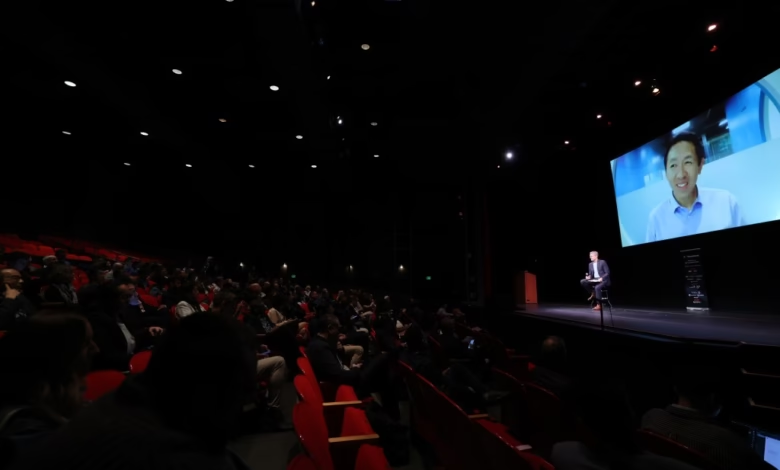Andrew Ng’s Sandbox Strategy for Faster Enterprise AI Growth

▼ Summary
– VB Transform is a long-trusted event for enterprise leaders to discuss AI strategy, emphasizing real-world applications and innovation.
– Andrew Ng advocates for balancing AI innovation with guardrails, suggesting sandboxes for rapid prototyping before implementing safety measures.
– Sandboxes allow teams to test AI projects safely without exposing sensitive data, enabling creativity while minimizing risks.
– Ng highlights the importance of speed and low-cost pilot projects, aided by tools like coding agents that reduce development time and expenses.
– A key challenge in AI adoption is the shortage of experienced talent, but sandboxes can help engineers gain necessary skills through experimentation.
Enterprise AI adoption requires balancing innovation with responsibility, and Andrew Ng’s sandbox strategy offers a practical path forward. The renowned AI pioneer argues that while safety measures like observability and guardrails are essential, imposing them too early can stifle progress. Instead, businesses should empower teams to prototype rapidly in controlled environments before scaling successful pilots with robust safeguards.
Ng, founder of DeepLearning AI, shared these insights during a recent industry event, emphasizing that sandboxes enable faster iteration without compromising sensitive data. “Large organizations often get bogged down by approval layers,” he noted. “By letting engineers test ideas freely within boundaries, companies can identify winning solutions before investing heavily in compliance.”
This approach aligns with growing enterprise trends. Many firms now use AI sandboxes to explore agent-based tools securely, shielding core systems while fostering creativity. Salesforce’s latest Agentforce update, for instance, highlights the rising demand for visibility into AI performance, a feature Ng agrees becomes critical post-prototyping.
Speed is another advantage of sandboxes. Ng compared today’s AI advancements to a roller coaster accelerating rapidly, thanks to developer tools like GitHub Copilot that slash project timelines. “The cost of experimentation has dropped dramatically,” he said. “Businesses can afford multiple proofs of concept to pinpoint what works.”
However, talent shortages remain a hurdle. While top-tier AI engineers command steep salaries, Ng stressed that application-building skills are more accessible. The real gap lies in hands-on experience, something sandboxes help cultivate. “Let teams learn by doing,” he advised. “That’s how enterprises bridge the expertise divide.”
By prioritizing agility early and responsibility later, Ng’s framework helps organizations navigate AI’s complexities without sacrificing momentum. For leaders, the message is clear: Structured experimentation unlocks innovation faster than premature constraints.
(Source: VentureBeat)






